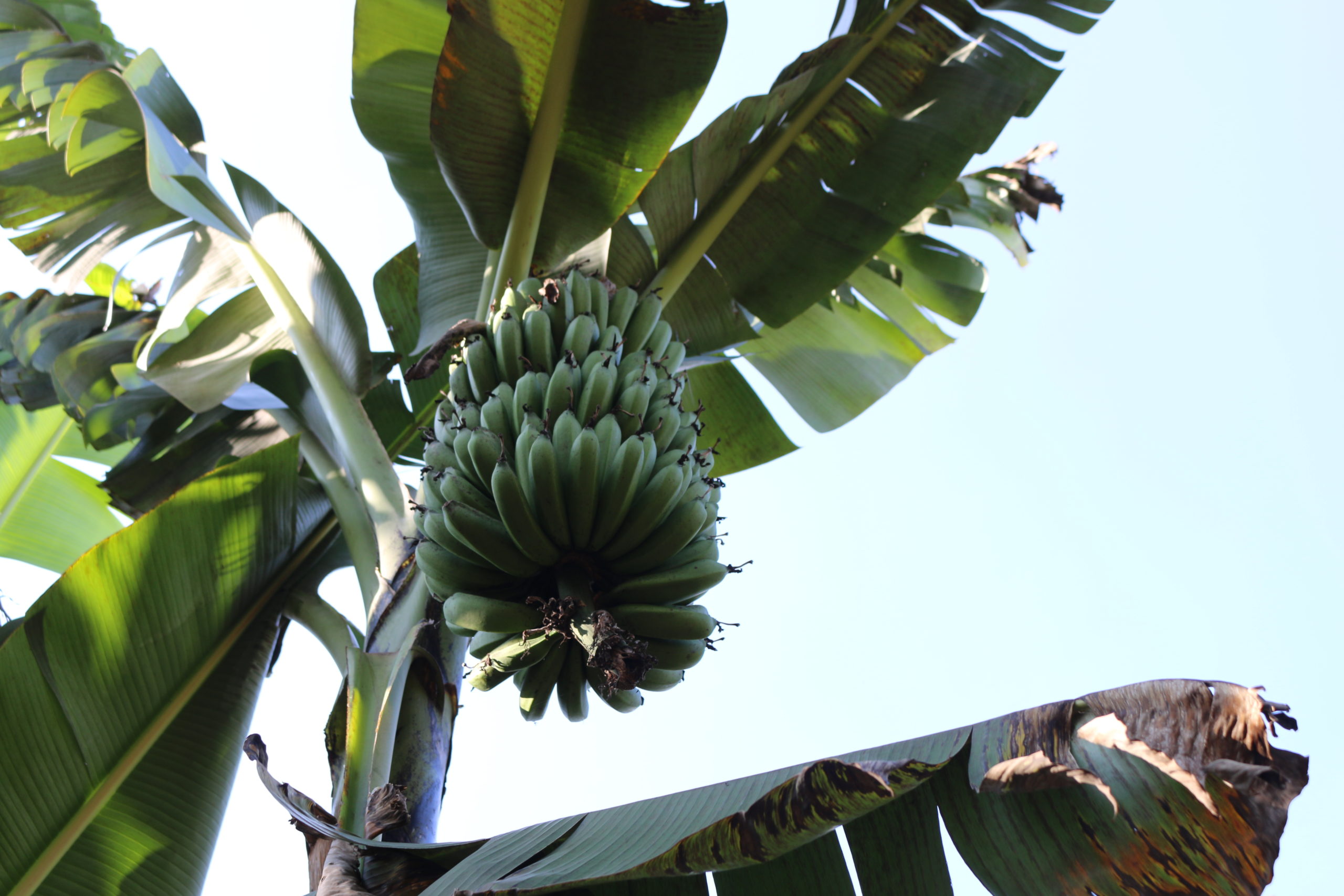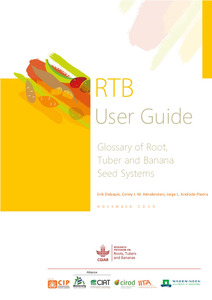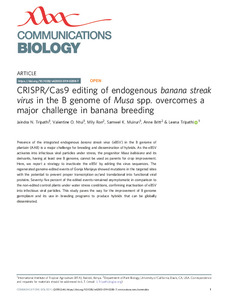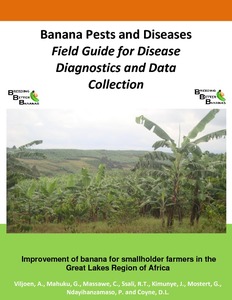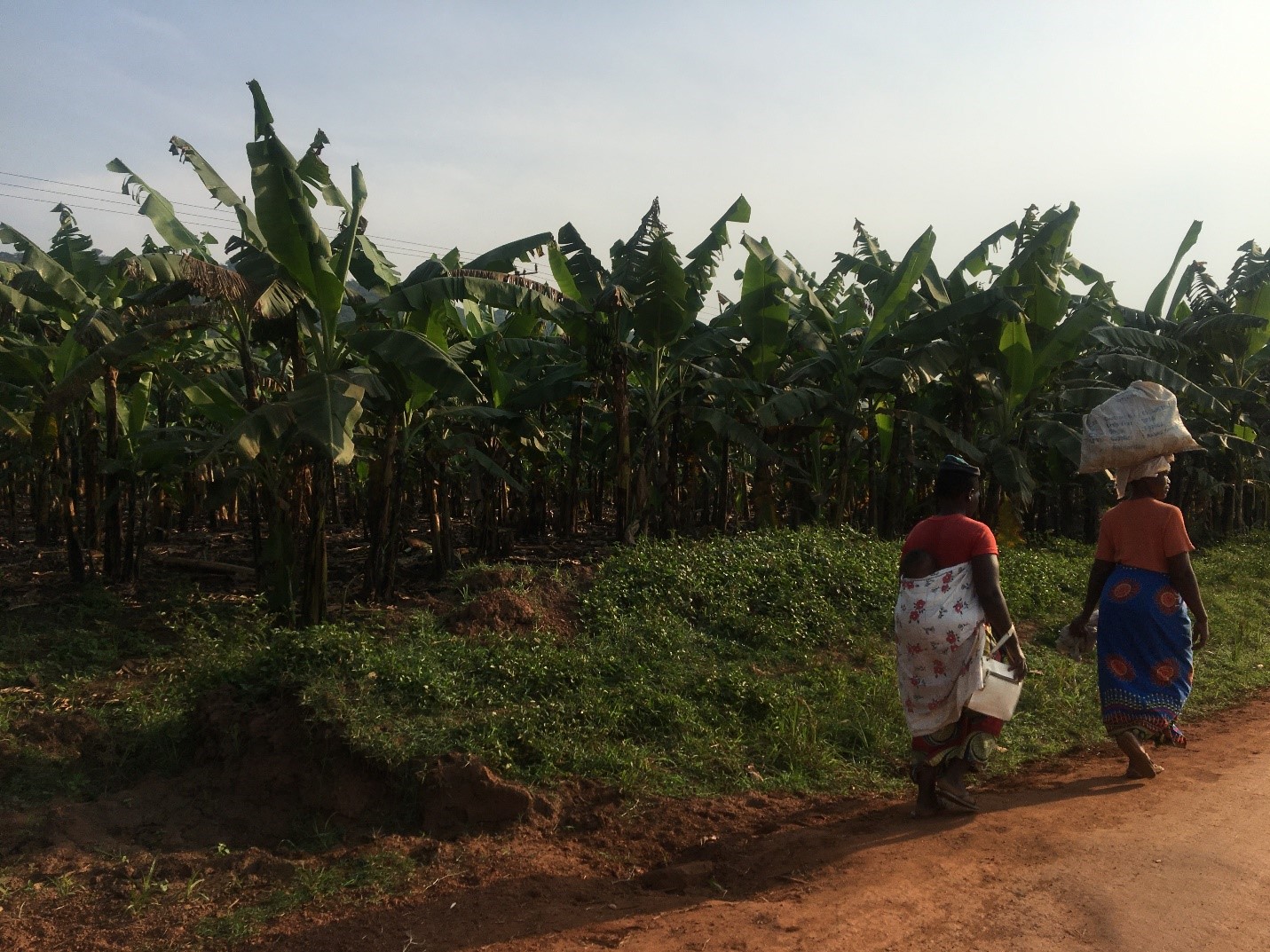
Banana farm, Uganda. Photo credit S. Schumacher/ WUR
What strategies should farmers take in order to improve their resilience to climate change and increasingly frequent and severe pest and disease outbreaks? How can they ensure that their livelihoods are protected, despite the uncertainty on the horizon? These are the questions on the lips of many producers around the world, as they face what is without doubt some of the most serious challenges to agricultural production and food security seen in the recent past.
Although a global phenomenon, which is expected to lead to an overall decline in agricultural production by 2050, climate change and its impacts are unevenly distributed across regions and crops. Some luckier farmers living in specific areas are predicted to actually benefit from the new climatic conditions. Others – and these are the majority – will be less fortunate, with their crop yields threatened by extreme climate events such as drought, flooding and cyclones, and an increase in the frequency and severity of pest and disease outbreaks, causing serious food shortages and putting precarious livelihoods at even greater risk. The profitability across different agricultural activities will readjust following these changes in productivity and simultaneous shifts in relative prices of agricultural commodities.
Nowhere is the problem likely to be more acute than in sub-Saharan Africa, where resource-poor smallholder farmers are already vulnerable to other risks related to depleted natural resources, poor market access and political instability. In an attempt to address this looming challenge, and examine what practical steps farmers can take to counter it, researchers from the Alliance of Bioversity International and the International Center for Tropical Agriculture and the Farming Systems Ecology Group of Wageningen University & Research (WUR) have developed a method that links large-scale drivers of changes in the food systems to farm outcomes. Applying it to a case study of a banana farmer in Uganda, the researchers analyze the producer’s resilience to the potential future consequences of climate change and a large-scale banana disease outbreak.
A farm household has a variety of functions that shape its resilience. These include income generation, the provision of food and nutrition security, and sustaining soil health and the natural environment. Using a farm optimization model, the study analyzes how different levels of on-farm agrobiodiversity affect those functions and explores how it can be used to improve a farm’s resilience to potential future challenges, which are in turn examined using scenario analysis with a global economic model.
Published in an article in the Agricultural Systems journal, the study finds that increasing the farm’s agricultural biodiversity can help to improve its resilience to shocks, as well as to promote its soil health and nutritional output. However, the farmer should also be aware of the potential trade-offs among different objectives. For example, by increasing the number of cultivated crops, the farmer will not achieve the highest income; growing a small selection of the most profitable crops can result in an increase in potential farm income, but it will also increase the volatility of revenue levels. This type of analysis provides information about farmers’ potential room to maneuver. Specifically, it can identify incentives for producers to maintain broader on-farm agrobiodiversity, eventually leading to greater ecosystem services at larger scales and increased public benefits.
Modelling different scenarios, different crop configurations and different goals is important for farmers and policy-makers when making decisions to achieve short- and long-term goals in dynamic situations of change. This kind of exercise can be used at national or regional level by those designing policies to reach multiple goals, related to factors such as nutrition, soil health and revenue. It can also be useful in helping farmers to design farms that can better meet their complex needs and confront the particular global challenges, like climate change.
The example of modelling a smallholder banana farm in Uganda is also relevant elsewhere. In the framework of Agenda 2030, policy-makers need solutions that combine economic prosperity, social justice and environmental protection. Integrating models that blend on-farm decision-making with global agricultural market trends is an approach that can be used in low, middle and high income countries to understand how to generate synergies and manage trade-offs, so that the global goals of crop diversity conservation, nutrition, environmental protection and human nutrition can be considered and managed together. For smallholders and actors working with them, analyses of trade-offs and synergies open up spaces for increasing resilience at farm household level, which in turn helps to strengthen resilience on a regional and global scale.
